I want to help you build a sustainable, profitable handmade business that makes you consistent income and sales. I only ever teach or recommend marketing, social media, pricing, production and branding tips that I’ve personally used successfully in my own 7-figure handmade businesses.
I'm Mei, from Los Angeles!
Read More
Popular Posts You'll Love
Looking for something?
Categories
starting a business
get more traffic
running a business
make more sales
branding
growing a business
mindset & productivity
podcasts
pricing & money
product photography
reviews
selling on etsy
selling on amazon
social media
selling wholesale
- Facebook2
- Twitter2
- Pinterest19
- 23shares
If you want to make more sales, make more money and get more customers in your handmade business, keep reading because in this post, I’m going to share with you five questions you should be asking your ideal customer to understand them on a deeper level that will give you the secret keys and answers to growing your business.
In this post, I’m going to share with you five questions you should be asking your ideal customer any chance you get.
You could ask these questions in an email after someone has bought from you. You might be surprised at how many people would respond to your questions because they really do want to help, and if you time your email to about 24 hours after they’ve bought, they’re even more likely to respond because they’re still thinking about the purchase they just made from you.
Make the email sound like it’s coming from you personally.
If you decide to automate this, I recommend not adding in any graphics or newsletter templates and just using plain text. That’s why 24 hours after the purchase is important. It makes it seem less likely to be an automated email.
1. How did you hear about my shop?
The first question is, how did you hear about my shop?
You’ve probably seen a lot of other businesses ask this. We do this so you can keep track of how people are finding you.
Why is this important? If you’ve been in business for a little bit (or even if you’re starting completely from scratch) you probably know about all the different ways you could promote your business, right?
- Social media:Facebook, Instagram, Pinterest, and there’s more platforms coming out every year.
- Blogging
- Email marketing
- YouTube and doing videos
- Craft shows
- Selling on Etsy
- Pitching your products
- Influencer outreach.
There’s A LOT you could be doing. These days, it’s really difficult to pinpoint how people found you.
Back in the day, it’s not uncommon for a customer to find you through Facebook and then make a purchase right away.
These days, the buying process is a lot longer and it takes so many more touch points between your shop and the customer, before they decide to buy from you.
This means, they might have seen your products on a blog, then saw you on Facebook, then joined your email list, then watched your YouTube video. So even if you have Google Analytics installed, there’s not really an accurate way to know what those different touch points are and there’s really no such thing as having more data.
The goal here isn’t to ask the customer all of those different touch points that they went through before they bought, but to just get a sense of the first one.
To me, the first touch point is uniquely important because this was how someone first came to know about you.
The last touch point tells you which of your marketing platforms got them to convert into a sale.
The first touch point is about growing your audience of ideal customers and growing awareness for your shop, whereas the last touch point is about conversions.
You can’t have conversions without an audience.
That’s my argument for why I believe the first touch point is the most important question to ask.
When you ask your customer after they’ve bought something from you, “how did you hear about us?” some people aren’t going to remember, but some are.
The data is never 100% accurate but data is better than no data.
The golden ticket here with this question is once you know how people are finding your shop, you then know what’s working well for you at bringing new people to your shop.
Once you know that, you can focus your efforts on doing more of that thing, to grow your business, to make more sales, and to get more traffic.
One thing to just be careful about is to collect enough data that you can feel confident.
For example, if you asked just one person this question and they told you they found you on Instagram, great! But that doesn’t necessarily mean that you should drop everything and focus on Instagram right now.
One person telling you anything is just not enough data.
But if five out of 10 people tell you Instagram, then the data starts to become more clear, that you need to focus on Instagram.
2. Who are you buying this product for?
The second question to ask is who are you buying this product for?
What this question tells you is the purpose someone bought your product and knowing this information can really help you with a few things.
For example, when I started my jewelry business, Tiny Hands, I thought that the people who would buy my jewelry are other people like me, adults who loved cute things and miniatures (like dollhouse miniatures).
I was totally wrong, because over the years, I learned that my customers were actually buying my jewelry for little girls in their lives, like their nieces, daughters, granddaughters, or their daughter’s best friend.
This is really powerful information to have, but as a side note, this is a perfect example of how what you think you know about your shop, could be totally different than what other people think about your shop.
If you want to make sales, you have to position your shop to appeal to other people.
In this example, this helps inform me who my target audience is and that means I can write my product descriptions to talk about how my jewelry makes great gifts for kids. I can take product photos on models who are younger like the recipient of my jewelry.
If you go to my website, you’ll actually see that all my model product photos are of older teenage or young adult women and the reason I did this was because it was a long time ago, and I really, really wanted more adults to be buying the jewelry for themselves because my jewelry is pretty expensive. The biggest objection I usually get from people is that it’s too expensive to be bought for little girls.
I haven’t had new photos done in years so maybe the next photoshoot I do, I’ll have younger aged models instead.
In my example, it was made clear to me that my jewelry is often bought as gifts for other people and less so for the actual buyer themselves.
Another insight this question gives you is why they bought your products. Was there a special occasion that prompted this purchase to happen?
If you make handbags, this question might tell you that more men are buying your bags for their wives, instead of actual wives buying it for themselves.
This may not seem like a big difference to you at first, but the way you would write your product descriptions is very different for both cases.
Knowing this information also informs you of how to strategize your marketing.
For example with my jewelry, since I know people are buying my stuff for kids, I would see more success pitching my jewelry to magazines for gift guides for kids, rather than gift guides for moms.
3. Why did you choose my shop?
The third question is why did you choose my shop over the other person’s shops?
This wasn’t a question that I’ve specifically asked my ideal customers but sometimes they’ve voluntarily told me.
For example, when people buy my A Sale A Day Business System program, I ask about how they found me, but while they’re answering, they also voluntarily include why they picked me over other coaches.
It’s really helpful information to give you clarity.
Something that I’ve been particularly interested in the last few years is the power of perception.
You might have heard this before, perception is reality. So how I may be, is different than how people perceive me to be.
I’ve talked about how I deal with anxiety and had problems with low self-esteem here. I still have those problems. But to outsiders, like to you, you’re watching me do YouTube, making videos, I’ve been in commercials, I go to auditions, I’m pursuing a career in acting. You might think, that doesn’t sound like I have low self-esteem.
I’ve had people say to me that I speak so confidently, that they would never have imagined I had confidence problems. Your perception might be that I’m a confident person, and that is the reality, despite me feeling like I’m not confident.
So, going back to A Sale A Day. I’ve been coaching creatives since 2014 and it was always really vague to me, what my unique selling proposition was. What made me different than other coaches.
If you have branding experience, you might be able to consciously define your difference from the get-go, but I think most people are way too close to their own business to know what makes them different.
This was the case for me as well. It was really eye-opening to hear that people would tell me that the reason they chose me as their coach or mentor is because I’m practical, I’m a good teacher, the way I explain things is very easy to understand, and I give people step-by-step explanations for how to do things.
I did not know this about myself when I first started coaching, but knowing this now, I can actively position and market myself as being the coach that’s easy to understand.
I can create ads, emails, and blog posts talking about how this makes me unique and attract more of my ideal customers to my business.
For Tiny Hands, I’ve had so much competition pop up over the years and my customers have told me they don’t mind paying a higher price for my products because they think my designs are better than other people’s designs.
When you know what your competitive edge is, you can lean into that and use it in your marketing so you can attract more customers and sales.
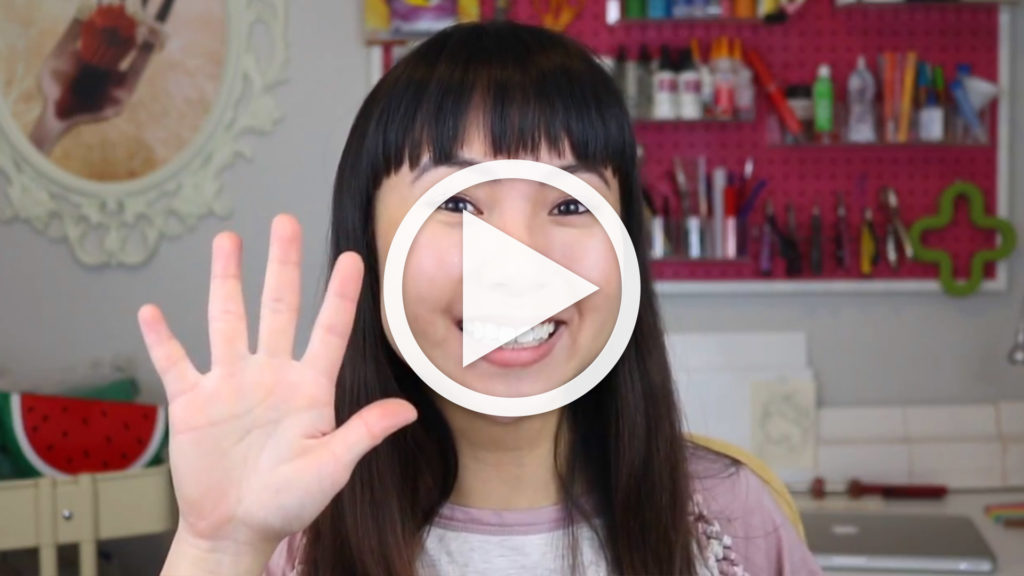
4. What’s your favorite part about the product you bought?
The fourth question you should ask your ideal customers is what’s your favorite part about the product you bought?
What this does is give insight into your product’s design. It could even help you save costs and increase your profit margins, which means, more money for you in your pocket for every sale you make.
This question tells you what features of your product people love and what’s equally as important for you to pay attention to is what they don’t say they love.
For example, my jewelry customers are always telling me how much they love my gift boxes.
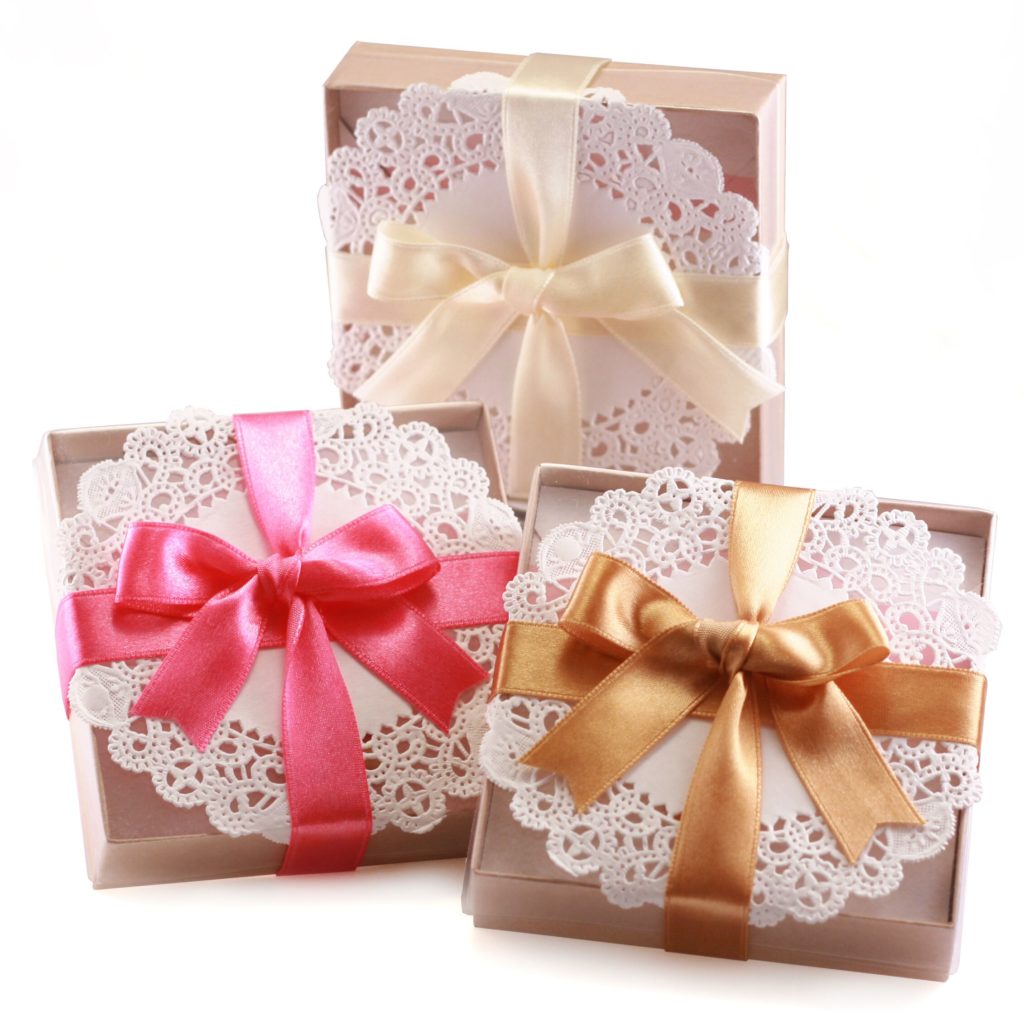
We put each necklace in a gift box with a paper doily on top and tie a cute little ribbon around it, so that it’s ready for gift giving.
I know my customers love this. I’m going to keep doing it. But what they didn’t talk about was the inserts I included in their orders.
I used to include postcards, even candy with my orders, and people never, ever said anything about those. So eventually I phased those out and stopped including them.
People never said they missed it.
They didn’t care about them to begin with, and the best part is, I no longer have to print postcards and buy candy so it saves me money and time.
These are all really important questions to ask but this one is especially so because I know that as a creative person, you’re inclined to want to spend a lot of time making your products, adding lots of cool features, glitter, sequins, and everything but the kitchen sink to it.
There’s a tendency amongst creatives to think that the more you do and the more you put into your product, the more people will like them, or the more people will pay for them.
That’s not true at all.
More often than not, less is more, and simple ideas sell the best.
If you’re not sure, the best way to figure out what parts of your products are valued and what’s not is to ask your customer.

5. What are your other favorite brands to buy from?
The fifth question to ask your ideal customers is, what are your other favorite brands to buy from?
This doesn’t have to be brands that sell exactly the same product as you, but let’s say you sell jewelry, then you want to know what furniture, food, art, clothing or cosmetic brands they enjoy buying from.
Why is this important? Well, if you’ve watched my video on how to find your ideal customers, you’ll hear me talk about my Coattail Technique, and one of the first steps to this technique is to figure out what other brands your customer buys from.
Once you know this, you never have to worry or wonder about how or where to find more of your ideal customers because other brands, have already brought together those people and you can easily get in front of them by interacting with them on social media, or by appearing in magazines or blogs that also feature those same brands.
Some people who’re learning how to do this Coattail Technique might struggle with not knowing what other brands are like yours and the key is that you don’t have to sell the exact same product.
If you have trouble too, the easiest way to get out of that is by asking your own customers and that way, you’re not just guessing what you think are similar brands to you, but you’re getting it directly from your ideal customer.
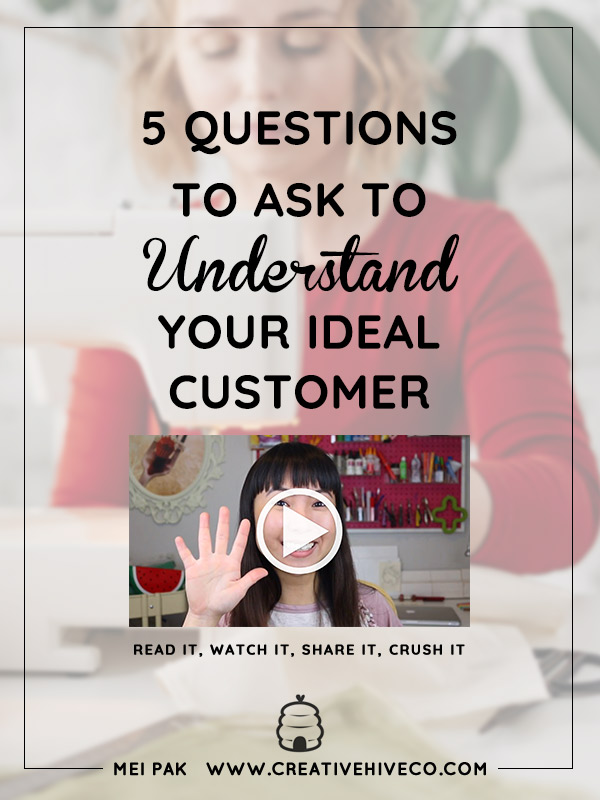
Leave a Comment
Liked this article? Share it!
Unlock a Profitable Handmade Business
in Just 12 Weeks Without Using Etsy
or Social Media
FREE WORKSHOP
This workshop is for anyone who makes and sells a handmade or physical product, including jewelry designers, artists, paper designers, bath & body product makers and more!
What You'll Discover
The #1 mistake people make with Etsy & social media that causes shops to FLOP
The secret to making it with your handmade shop so it's no longer just a hobby
How to make sales in your handmade shop with ease so you can finally get to 6-figures
TAKE ME THERE
Leave a Reply Cancel reply
About
Blog
A Sale A Day
Student Login
Free Class
Contact
Terms
Become A Student
Watch On YouTube
Student Reviews
See My Handmade Shop!
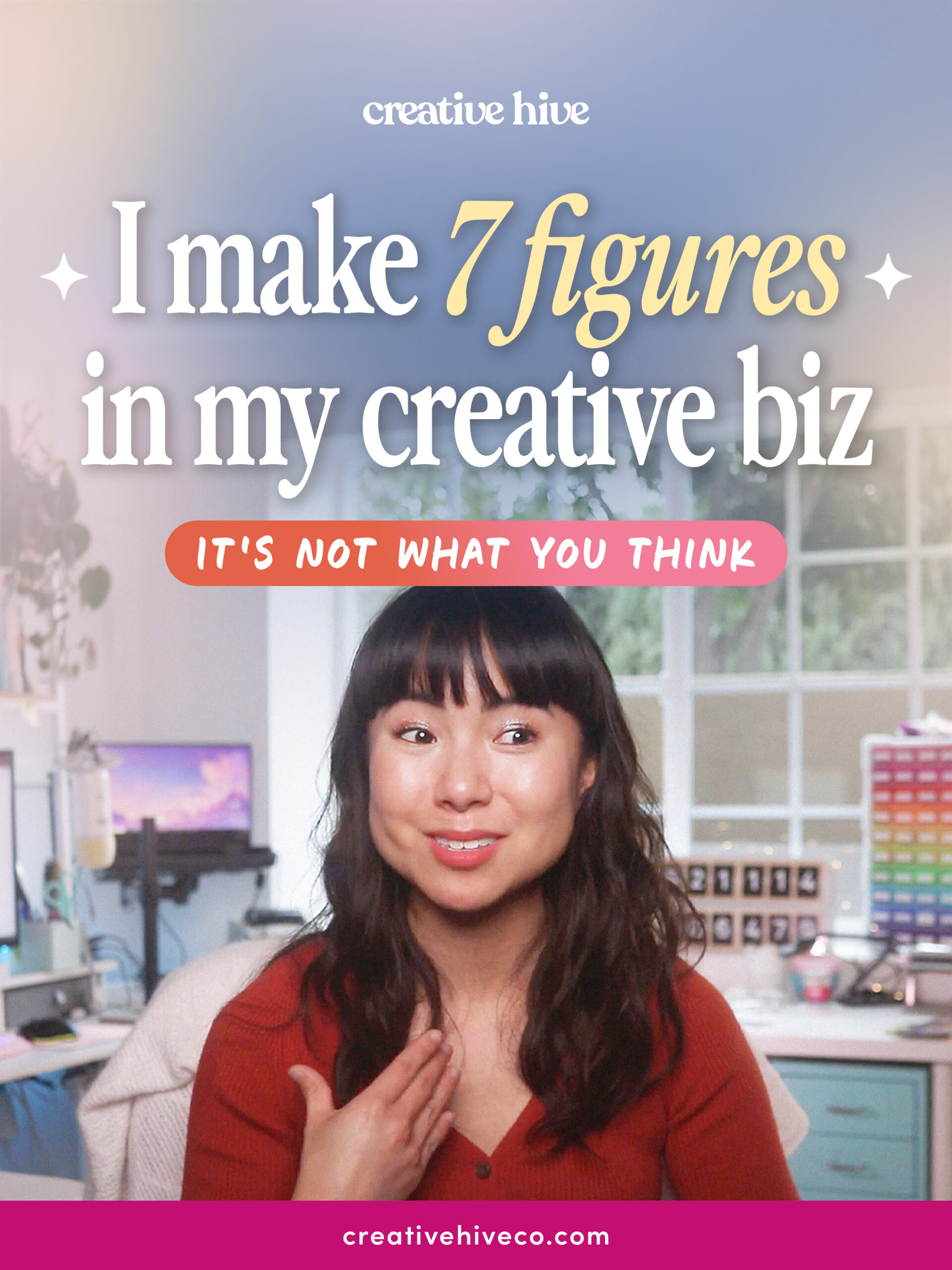
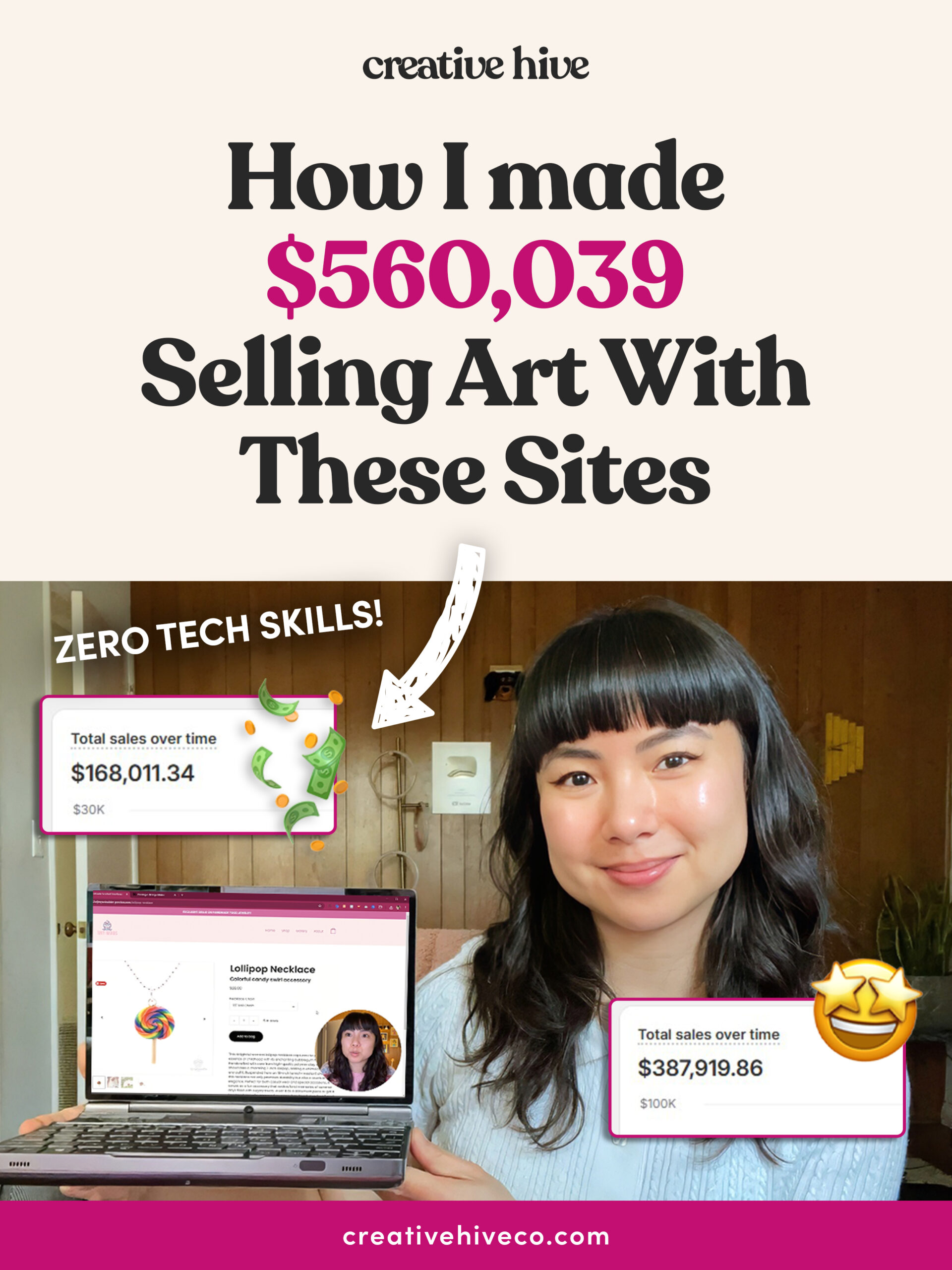
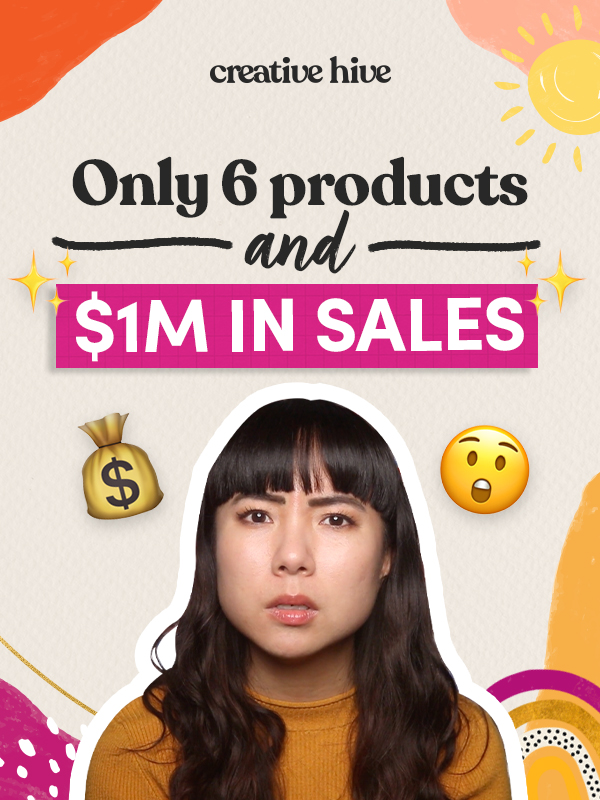
Your email address will not be published. Required fields are marked *